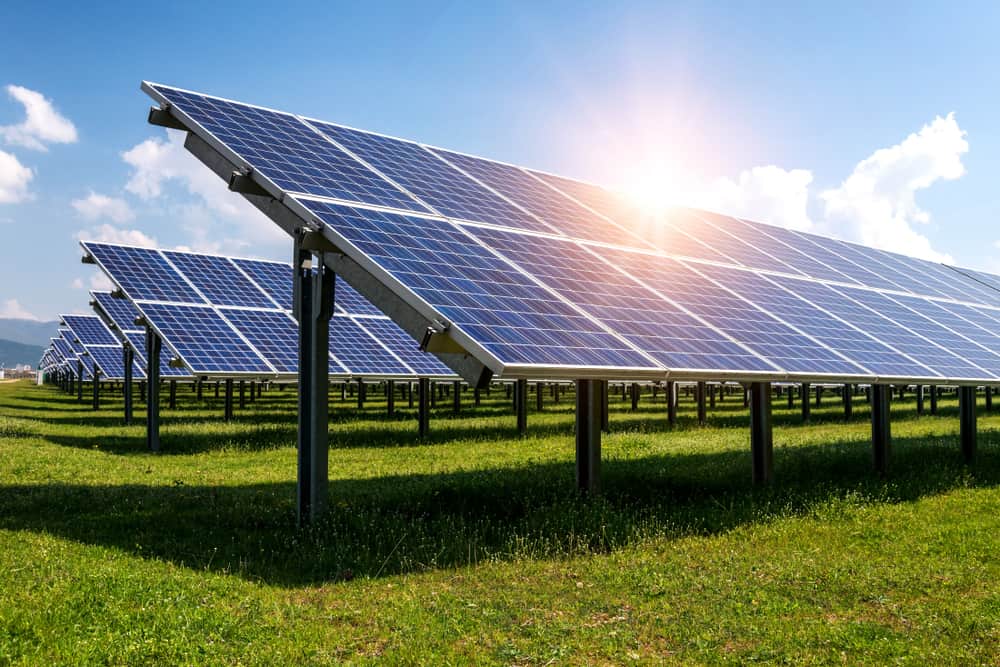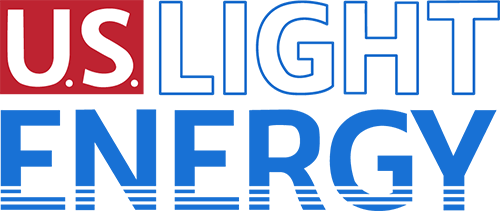
Illinois is rapidly emerging as a key player in the renewable energy revolution, and savvy landowners are recognizing the financial potential of solar energy. The state has its sights set on reaching 100% renewable energy by 2050. With the surging demand for clean, sustainable power, leasing land for solar farms offers a unique opportunity to transform an underutilized property into a profitable venture. Beyond just contributing to a greener future, this opportunity allows landowners to secure a steady, long-term income. As the solar industry continues to expand across the state, understanding the nuances of solar land leasing in Illinois can unlock significant economic rewards for those ready to embrace this growing market.
What are the Solar Land Lease Rates in Illinois?
Solar land lease rates in Illinois vary significantly depending on a range of factors, but on average, landowners can expect to earn between $300 and $2,000 per acre annually. This range reflects differences in location, proximity to power grids, and land quality. In regions where solar energy is in higher demand or where land is optimally suited for solar development, the rates may skew towards the higher end. Also, long-term lease agreements can provide more favorable terms, ensuring a reliable income for decades.
How are Solar Land Lease Rates Determined in Illinois?
There is no “one size fits all” lease rate for each parcel of land. Determining solar lease rates in Illinois is a complex process that involves careful consideration of multiple factors by both landowners and developers. US Light Energy utilizes a unique feasibility process to analyze several aspects of each property to drive the most value per acre. Here are six common factors that can influence lease rates in Illinois:
Land: Acreage and Topography
Most solar farm projects require at least ten acres of relatively dry, flat land for development. Landowners with substantial acreage may command a higher lease rate since more solar arrays can be accommodated. The topography of the land is also very important. Flat, unobstructed land has a much easier time capturing quality sunlight, making it more appealing to solar developers. Dry land means less work for solar installation and maintenance, which can translate into higher lease rates.
Proximity to Utility Infrastructure
The proximity of your land to utility infrastructure, such as 3-phase power lines and substations, plays a crucial role in determining the viability and lease rate of a solar farm project. The closer your land is to these key components, the easier and more cost-effective it becomes for developers to distribute the generated solar energy. This increased efficiency often translates into higher lease rates. Also, it’s essential that these utility elements can handle the energy capacity produced by the solar farm, ensuring that the project can deliver the expected output to meet the needs of the surrounding community.
Environmental Issues
Solar developers must carefully assess environmental factors that could impede the implementation of a solar project, such as wetlands, dense forestation, and protected habitats. Local regulations often safeguard these areas, restricting development to ensure ecological preservation. Although solar farms are environmentally friendly and produce no pollution, the development process must adhere to sustainable practices. While landowners might have extensive acreage, environmental constraints can limit the portion of land suitable for solar installations, influencing lease rates.
Market Demand for Renewable Energy
The lease rates for solar land in Illinois are significantly impacted by the market demand for renewable energy and the prevailing prices. When demand for solar power is high, developers often pay more to secure suitable land for their projects, driving up lease rates. As energy prices fluctuate, they can also influence the financial attractiveness of solar projects, further affecting the rates that landowners can command.
Local Zoning Laws
Solar developers carefully examine local zoning laws to understand the regulations governing the establishment of solar farm projects within a community. This thorough review helps identify any potential obstacles or critical issues that could prevent the project from gaining the necessary permits and approvals.
Ability to Generate Other Revenue Streams
Land that generates valuable income through other avenues like growing crops or supporting livestock may offer landowners leverage in negotiating higher lease rates. However, landowners need to consider the potential for long-term revenue. Leasing land for solar can provide passive, stable income for twenty-five years or longer.
Start Leasing Your Land for Solar in Illinois
Leasing your land for solar energy in Illinois contributes to a greener future and offers a reliable and potentially substantial income stream. U.S. Light Energy (USLE) is a New York-based distributed generation energy development company specializing in community solar facilities and renewable energy solutions. With over thirty years of solar PV, energy industry, and real estate development experience, our unique feasibility process can drive the most value per acre while positioning a project for success. If you’re wondering about your land’s potential for solar development, USLE can help. Applying for a land lease is a simple, straightforward process. We’ll handle the research, evaluate your site, and conduct a pre-application with the local utility. When you lease land for solar, you help Illinois reach its ambitious goal of 100% clean energy by 2050. U.S. Light Energy is leading the charge for a new generation.
